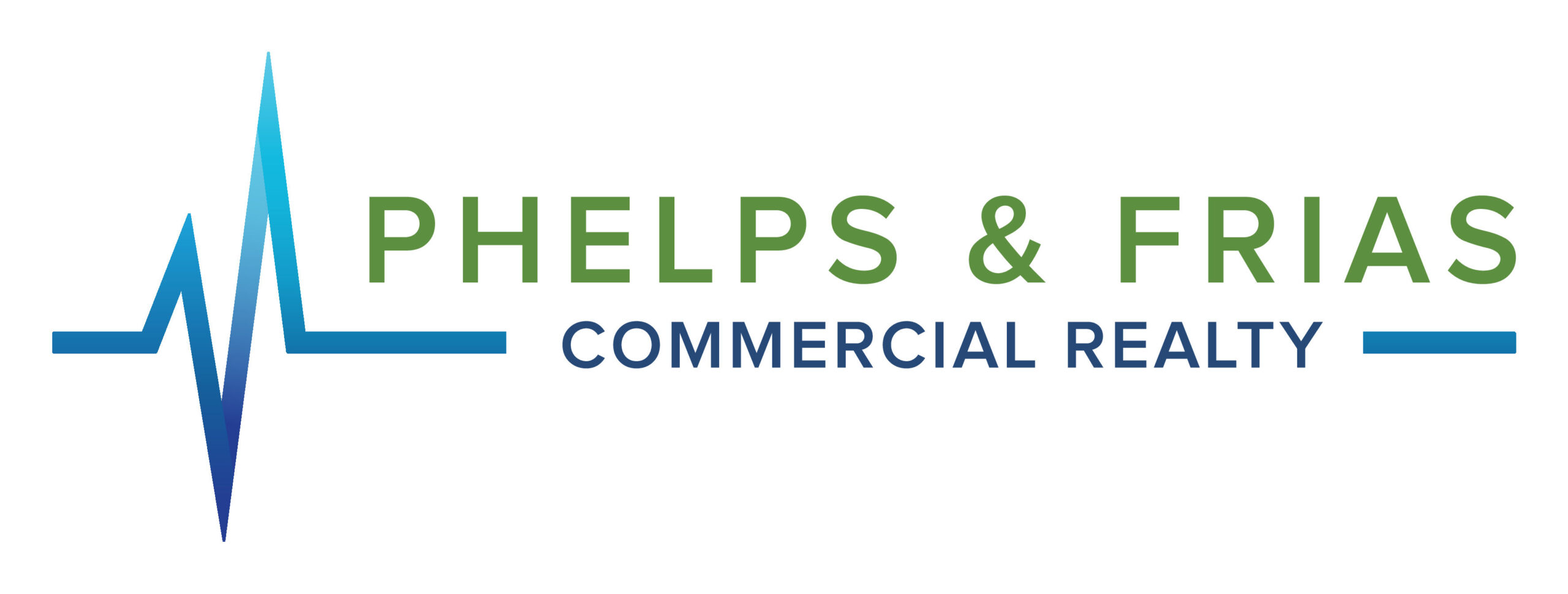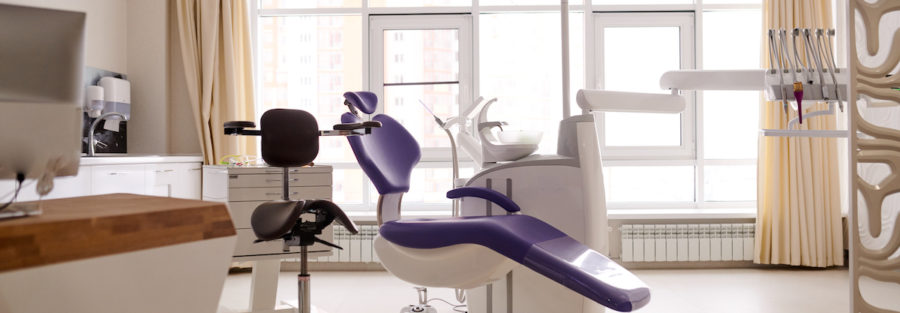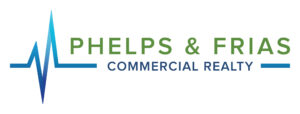TOP 10 FACTORS WHEN BUYING MEDICAL OFFICE SPACE
Most businesses have specific real estate needs that require the help of a qualified real estate advisor that understands the unique needs of each individual business. This is particularly true for optical, dental and medical professionals that are looking for new office space. In order to better meet the needs of every client, Phelps & Frias Commercial Realty uses a refined list of ten things to look for when looking for medical office real estate.
Part of our job is to save you money on your new office space, and we are better able to do that if we have a clear understanding of what you need from your office space. For physician groups that are searching for places to relocate and set up a new medical office, consider the top ten important factors when buying space for your new office in Austin.
The bottom line is, you can’t be profitable if you are paying well over what you should be in relocation costs. What seems like a good deal now may, in fact, be considerably more expensive than what you can find just down the street.
Consider the case of a surgical practice that was offered new office space at $17 per square foot that included a large surgical center, but was also quote $25 per square foot for a location that was several blocks away, simply because the second location was closer to a major hospital. It may not be necessary to pay the extra money for a location that is only one or two blocks away from a considerably less expensive option.
Once your patients exit a major highway, they shouldn’t have to complete more than two turns to find your office. Medical offices that are hidden down small streets may be difficult to find and may also struggle to stay afloat, as patients grow tired of navigating side streets to visit the doctor.
It’s also important to remember that many of your patients may not feel well when they are visiting your medical office, and a scavenger hunt to find your office may be more than they can handle.
The one level flat roof office building is quickly becoming a thing of the past as doctors are turning more toward modern architecture and mixed use development. Doctors want to offer their patients an environment that is inviting and appealing, and the newer office park environments are very popular with both physicians and patients.
The aesthetic value of your building combines with your location to create an office space that your patients feel drawn to and are comfortable in. Modern architecture has an inviting appeal, and these buildings are often in prime locations for patients to visit.
Although many professional office buildings require a ratio of 2-3 parking spaces/thousand square feet, a medical office has different requirements. Because patients are coming and going at all times throughout each day, these offices require 4-5 parking spaces/thousand square feet. In downtown areas, parking is often scarce, and many physicians avoid these locations because of this problem.
Parking for staff or physicians is also a nice benefit in a location, and physician offices should always choose locations that have covered handicapped spots or areas for drop-off and pick-up, particularly if your location houses an outpatient treatment facility.
An investment in a shell space may seem unnecessary, but may actually save your office money in the long run. Used space often requires expensive remodeling and even demolition, while shell space can be designed and adapted easily to fit your patient flow and the specific needs of your clinic.
Purchasing used space increases your risks of having wasted square feet and designs that are awkward with your patient flow. The price of shell space may seem higher in the beginning, but is almost guaranteed to save your office money in the future.
Your proximity to other physicians can either help or hinder the synergy process of inter-referrals between patients. Physician offices can enhance their practice by choosing a location that is closely located to other health care professionals that refer patients their way.
For example, a family practice physician will frequently see patients that require treatment from other specialists, such as an orthopedist or a cardiologist. Being closely located to one another almost guarantees that your patients will visit the suggested physician that is conveniently located to their other physicians. The proximity of your office to other referring physicians may have a profound impact on your success.
In an effort to cut costs and better serve patients, many physicians are looking for office space that allows them to install diagnostic treatment areas and other ancillary services. While these services and treatments were traditionally performed in hospitals, physicians are now looking for ways to include them in their office space.
Ancillary services may include, but are not limited to:
- Sleep labs
- Physical therapists
- Imaging centers
- Outpatient surgery centers
- MRIs
Traditionally, it was necessary for doctors to be close to major hospitals in order to check in on patients and perform surgeries that were largely inpatient. As many procedures are now performed on an outpatient basis, doctors are able to lease office space that is less expensive because it is further away from hospitals.
It’s becoming increasingly popular for doctors to include outpatient surgery facilities within their office or located at an outpatient surgery center close by the office, rather than moving closer to the hospital.
While exclusivity is not the most important factor to discuss with your medical real estate advisor, it may be important in some unique cases. Some landlords will agree to restrict leasing options to doctors that perform specialties similar to yours, although this practice is most important in less populated or more rural areas.
Medical offices located in major cities aren’t influenced as much by exclusivity because although an exclusivity agreement may keep another physician out of your building, there’s not a whole lot you can do if one of your competitors relocates down the street.
While the size and location of your practice’s signage may be affected by local zoning laws, many developers will offer signage options on the top of your building for major tenants. Your signage will help to set your practice apart from your competitors, and is an important part of your location choice.
CONTACT US TODAY
At Phelps & Frias Commercial Realty, we’ve helped many clients find the perfect location for their new thriving businesses. Contact us today to discuss your options with a qualified, experienced medical real estate advisor.



